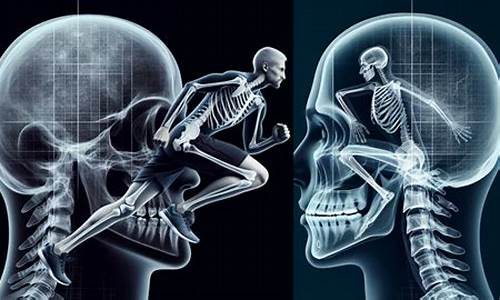Maintaining good bone health is essential for overall well-being, and exercise plays a crucial role in enhancing bone density. With aging, bones naturally lose density, increasing the risk of fractures and conditions like osteoporosis. Fortunately, regular physical activity helps to maintain and even improve bone strength, reducing the likelihood of these issues. This article explores the various ways exercise benefits bone density, offering insights into the types of exercises that promote stronger bones.
How Exercise Stimulates Bone Growth
Exercise, particularly weight-bearing activities, has been shown to stimulate bone cells, promoting the production of bone-forming cells known as osteoblasts. This stimulation increases bone density by encouraging the deposition of minerals like calcium into the bone matrix. Weight-bearing exercises such as walking, running, and resistance training create the necessary forces that challenge bones, forcing them to adapt and become stronger.
Impact of Strength Training on Bone Density
Strength training exercises, such as lifting weights, are particularly beneficial for enhancing bone health. These exercises target muscles and bones alike, stimulating the bone-remodeling process. Research indicates that resistance training can significantly increase bone mineral density, especially in the spine, hips, and forearms, which are common sites for fractures in individuals with low bone density.
Cardio Exercise and Bone Health
While cardio exercises like cycling or swimming are not weight-bearing, they still provide indirect benefits to bone health. These activities improve overall circulation and muscle strength, both of which contribute to maintaining bone density. Including cardio in your workout routine can support bone health by promoting a healthy body weight and reducing inflammation, factors that indirectly affect bone density.

Prevention of Osteoporosis through Regular Exercise
For individuals at risk of osteoporosis or those in the early stages of bone density loss, regular physical activity is one of the most effective prevention strategies. A combination of aerobic exercise, resistance training, and balance exercises can help maintain bone strength, reduce the risk of fractures, and improve posture and balance, which are vital for preventing falls in older adults.
Exercise and Hormonal Health
Exercise also positively impacts hormonal health, particularly hormones such as estrogen and testosterone, which play a critical role in bone health. Regular physical activity helps regulate these hormones, potentially reducing the risk of osteoporosis, especially in postmenopausal women and older men. This hormonal balance supports bone density and overall skeletal health.
Conclusion
Exercise is a powerful tool in promoting bone health and preventing conditions like osteoporosis. By engaging in weight-bearing activities, strength training, and maintaining an active lifestyle, individuals can significantly improve their bone density. Consistent exercise offers long-term benefits, ensuring stronger bones and better overall health as we age.